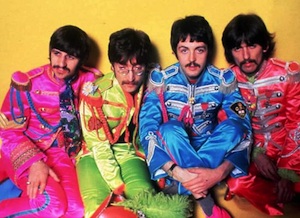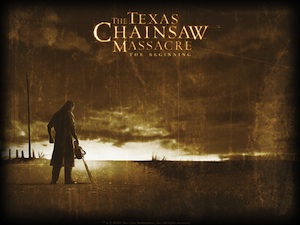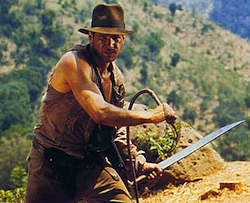The white of ice can be as powerful a filmmaking tool as shadow, says Ian Buckwalter.
Classic film noirs used their dark settings as direct reflections of their subject matter, as well as to create the sense of their heroes getting lost. They tapped into our natural fears of the dark in the same way that horror movies do, creating tension through our instinctual sense that there are dangerous things lurking in the shadows. But just as instinctual is the drive to seek warmth and shelter from the cold.
[. . .]
The Coen brothers’ 1996 Fargo is perhaps the greatest example of a snowbound crime story. Characters in that movie weren’t even really in any pressing danger from the bleak landscapes of the northern plains in winter, but just placing them amid the snowpack is enough. Think of William H. Macy’s Jerry walking across that empty, icy parking lot to his lone car after receiving some bad news. Or Steve Buscemi’s Carl, burying a briefcase of money in the snow at a random fencepost along miles of empty, snow-swallowed highway. These scenes are even more lonely and desperate than the equivalent ones would be in the dark. When we’re in the dark, we can hide just as well as the monsters; the snow shines a spotlight on us, alone on a vast bright expanse, all the sound being swallowed by the landscape. It highlights our insignificance.











